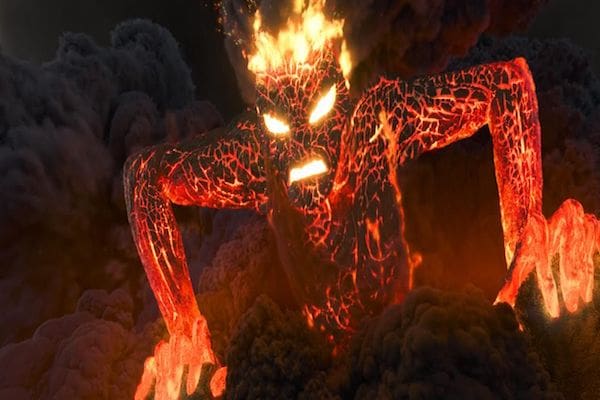What makes a good villain? Is it a tragic backstory? Perhaps a sympathetic or noble aim? Surely it’s some quality which allows the audience to fleetingly connect with these purveyors of misery? It’s none of these. Not a single one.
According to the ever encroaching trend of sympathetic villainy, these are all admirable qualities to find in a villain. But this trend is simply wrong, and not just wrong in a factual sense, but also wrong in regards to basic social etiquette: this trend, to put it simply, breaches every clause of our most sacred social contract.
In the mind of this writer, this trend began with the movie Frozen. A good movie by all accounts, save one. Lurking at the very heart of this family friendly tale was an oozing wound of flawed storytelling: the villain. ‘Hans’ I hear you cry out in response. Nay, dear reader, tis not the Prince of the Southern Isles I refer to. Instead I refer to Princess/Queen Elsa herself. This spicy little number is an equally insidious variation of the trend of sympathetic villainy: the fake out villain.
Elsa was established to engage in all sorts of dastardly, no good, hand waving. But then the writers at good ol’ Walt Disney pulled the officially licensed Frozen merch rug out from under us and gave us some narrative fisticuffs. Elsa is redeemed, sweet Hans turns out to be the true villain, so on and so forth.
A similar crime against classic villainy is committed in the equally wonderful film Moana: Te Kā, the lava demon, turns out to be Tafiti, the lush-green goddess.
Villainy doesn’t have to entail a sneaky switcheroo every single time. You’re allowed, even encouraged, to have Te Kā the lava demon turn out to be…Te Kā the bloody lava demon. Otherwise once you go down that dark, dank alleyway of villainous redemption you’ll soon enough find yourself bleeding out on the street, robbed of your antagonist, and stumbling into traffic in search of medical (or more advisedly, narrative) attention.
Where I ask, are my flamboyant, queer coded, scheming, conniving, impeccably dressed villains? Where is Jafar? Where is Ursula? Where is Cruella, Scar, the Evil Queen? They’re gone. Dragged into the darkest recesses of popular culture by the very institutions which first drew them into the light. They’ve been sacrificed at the altar of “complexity”, under the guise of creating more “well rounded” and “three dimensional” characters.
A cheap excuse for a cheap shot, because villainy thrives in the 1st dimension. Archetypes, tropes, and cliches are what make me empathise with a villain. I didn’t like Jafar because I approved of hypnosis or violent coups or forced marriages. I liked Jafar because he had a killer outfit and was probably gay. The very same goes for Ursula, Scar and the rest.
Villains shouldn’t go the way of the hero because they don’t need more than one dimension. The only thing a good villain needs is more eyeliner and additional layers of robage. So knock it off Disney, or else you’ll be in some elaborately planned, impeccably executed and aesthetically outstanding trouble before you can say “Prince Ali”.





